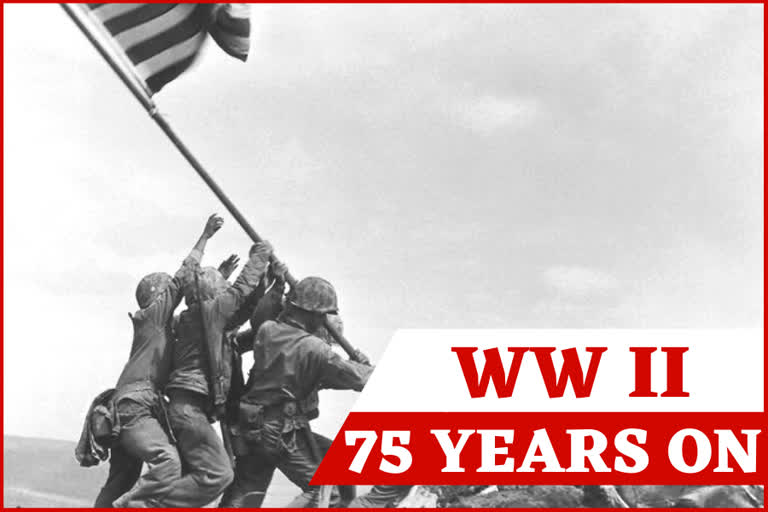Tokyo: Northeast Asia doesn’t so much repeat history as drag it along like an anchor.
The bombs stopped falling 75 years ago, but it is entirely possible — crucial even, some argue — to view the region’s world-beating economies, its massive cultural and political reach, and its bitter trade, territory, and history disputes through a single prism: World War II and Japan’s aggression in the Pacific.

Even as Northeast Asia’s tangle of interlinking economic and political webs grows denser by the day, the potential for an unravelling may loom as large now as at any time since 1945.
Japan in 2020 is unrecognizable to the fascist military machine that once rolled across Asia. Its military is now legally constrained as a self-defence force. Its constitution demands peaceful cooperation with the world. Postwar Japan has pumped trillions of yen (tens of billions of dollars) into regional development.
So how does this peaceful, generous, stable nation still enrage so many? Why do the crimes of long-dead Japanese politicians and soldiers still loom so large in its neighbours' eyes?
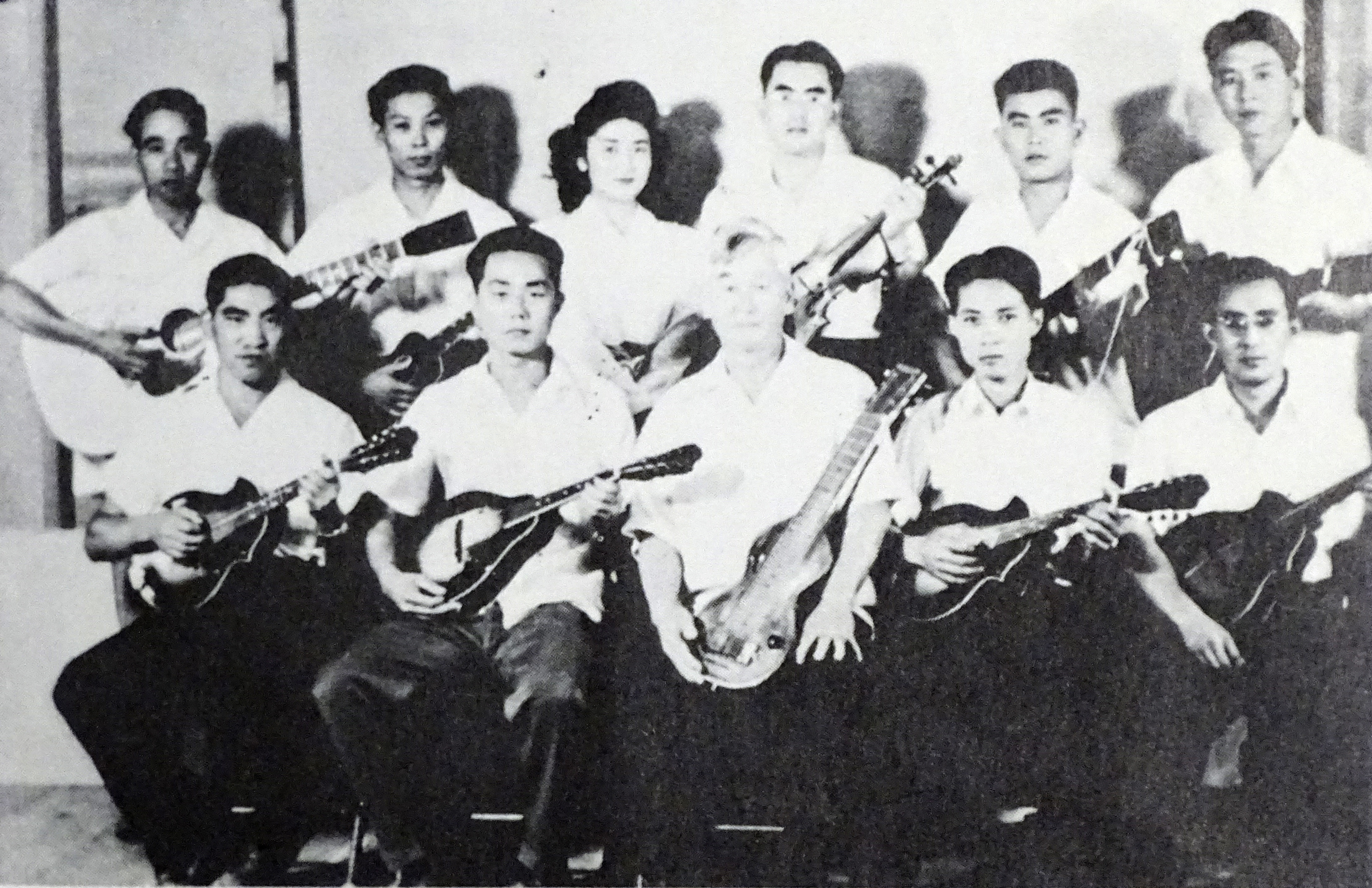
Read | 75 Years of WW II: Marking the Japanese surrender
For many Koreans and Chinese, there’s a dogged perception, long encouraged by their national leaders, that Japan has failed to fully address past atrocities, including the sexual enslavement of Asian women by Japanese troops, the forced labour of Asian men in Japanese factories, and mines, and a host of other unresolved insults lingering from Japan’s brutal early 20th-century push for regional dominance.
Many in Japan, meanwhile, are frustrated that repeated and explicit high-level apologies for wartime actions — not to mention the huge amounts of aid sent to former enemies over the years — have seen so little goodwill in return.

Read | In Pics: Northeast India recalls 'Stalingrad of the East'
It's useful to put the immense scale of the war's horrors in context when examining why, 75 years later, Japan and its neighbours still can’t come to terms with what’s euphemistically referred to as their history problems.
With its millions dead, injured, and displaced, with its grand ideological narratives belying some of the worst brutality in the history of warfare, with its cities pounded to rubble and then, almost as shockingly, rebuilt as glittering, high-tech showpieces, the war in Asia has seared itself into the world's collective consciousness.
Because Japan played such a central role in those years it is jarring to remember what a neglected afterthought it was — isolated, feudal, deeply wary of the outside world — when US Commodore Matthew Perry’s warships forced the ruling shoguns to open up to trade and commerce with the West in 1854.
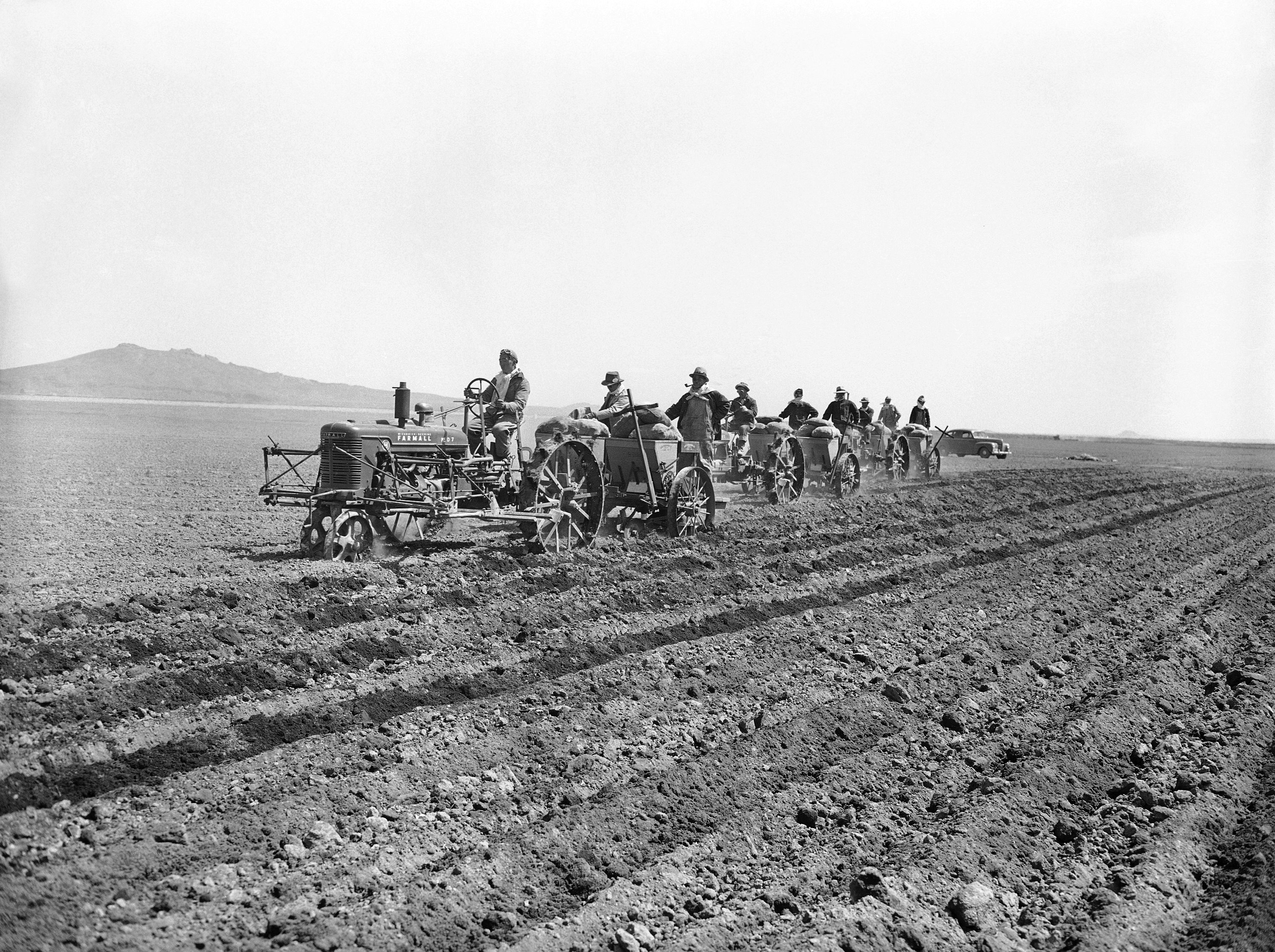
A little less than a century later, Japan’s foreign minister doffed his top hat to sign surrender papers on the deck of the USS Missouri as it floated in Tokyo Bay.
Japan’s breathtaking rise and fall, in that comparatively short period, was, according to John Dower’s masterful study of the postwar US occupation of Japan, “swifter, more audacious, more successful, and ultimately more crazed, murderous and self-destructive than anyone had imagined possible. In retrospect, it seemed almost an illusion — a 93-year dream become a nightmare that began and ended with American warships.”
Updated versions of those US warships still patrol the same waters, dispatched from permanent American bases in South Korea and Japan. This infuriates North Korea and China, who use it to justify their fast-increasing arsenals.
But the anger in North Asia can seem almost incandescent when directed at Japan.
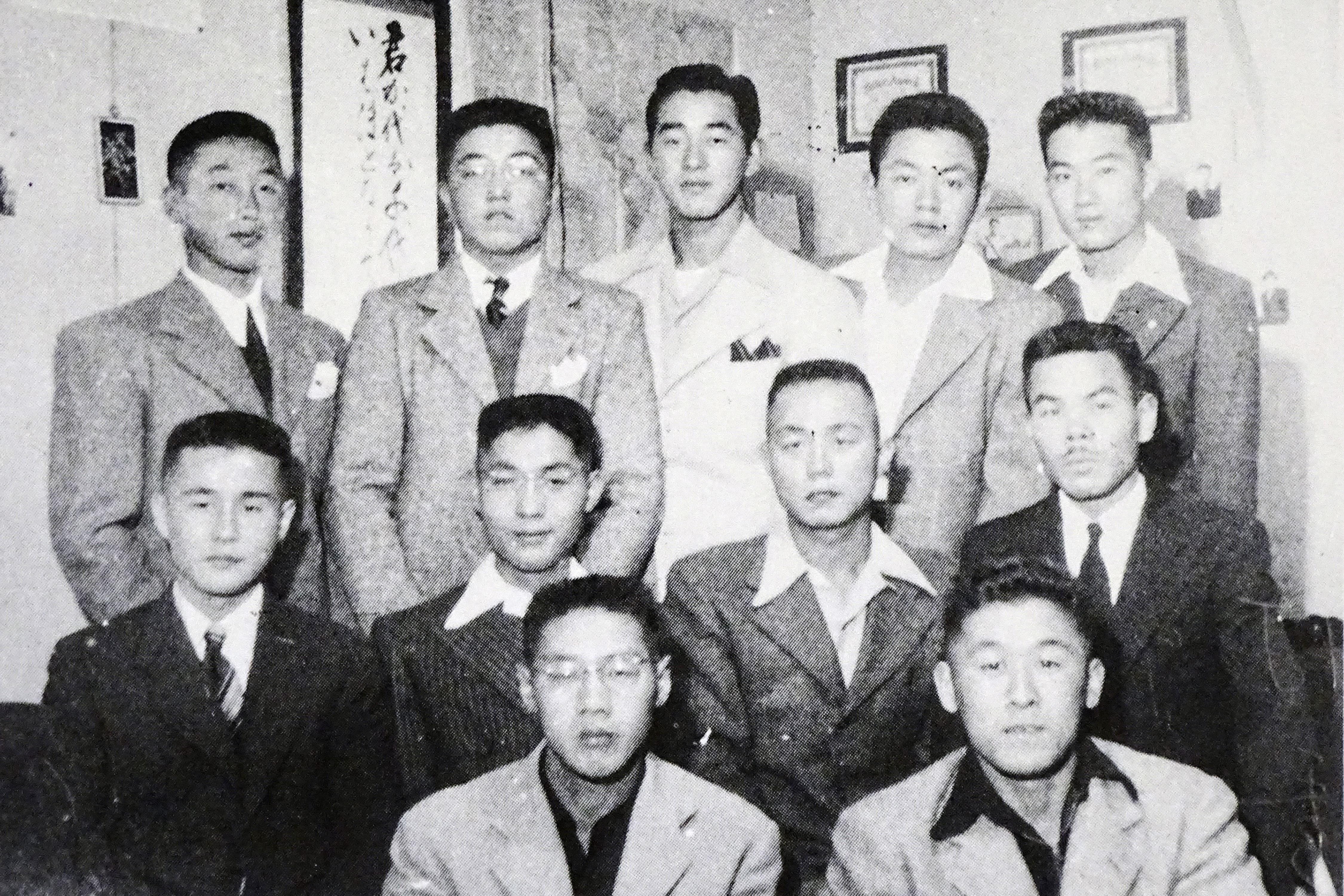
The reason the war continues to play such an outsized role in regional ties is that political leaders in Seoul and Beijing see the advantage in keeping these memories alive, not just to honour the dead, which everyone does, but for political advantage, Ralph Cossa, president emeritus of the Pacific Forum think tank in Hawaii, said in an email interview.
Most Koreans and Chinese alive today didn’t experience the war, and memories of what happened are fading with each passing year.
But the narratives of oppression and victimization are central to an identity and cemented through education and popular culture, said Daniel Sneider, an expert on East Asia at Stanford University. “In that sense, the wartime historical memory also undermines the stability and prosperity of the region.”
In comparison to Asia, Europe has more successfully moved past the trauma of World War II, with Germany now working mostly in partnership with France and Britain, for instance. This may be because the Soviet threat during the Cold War forced the former European foes to cooperate.
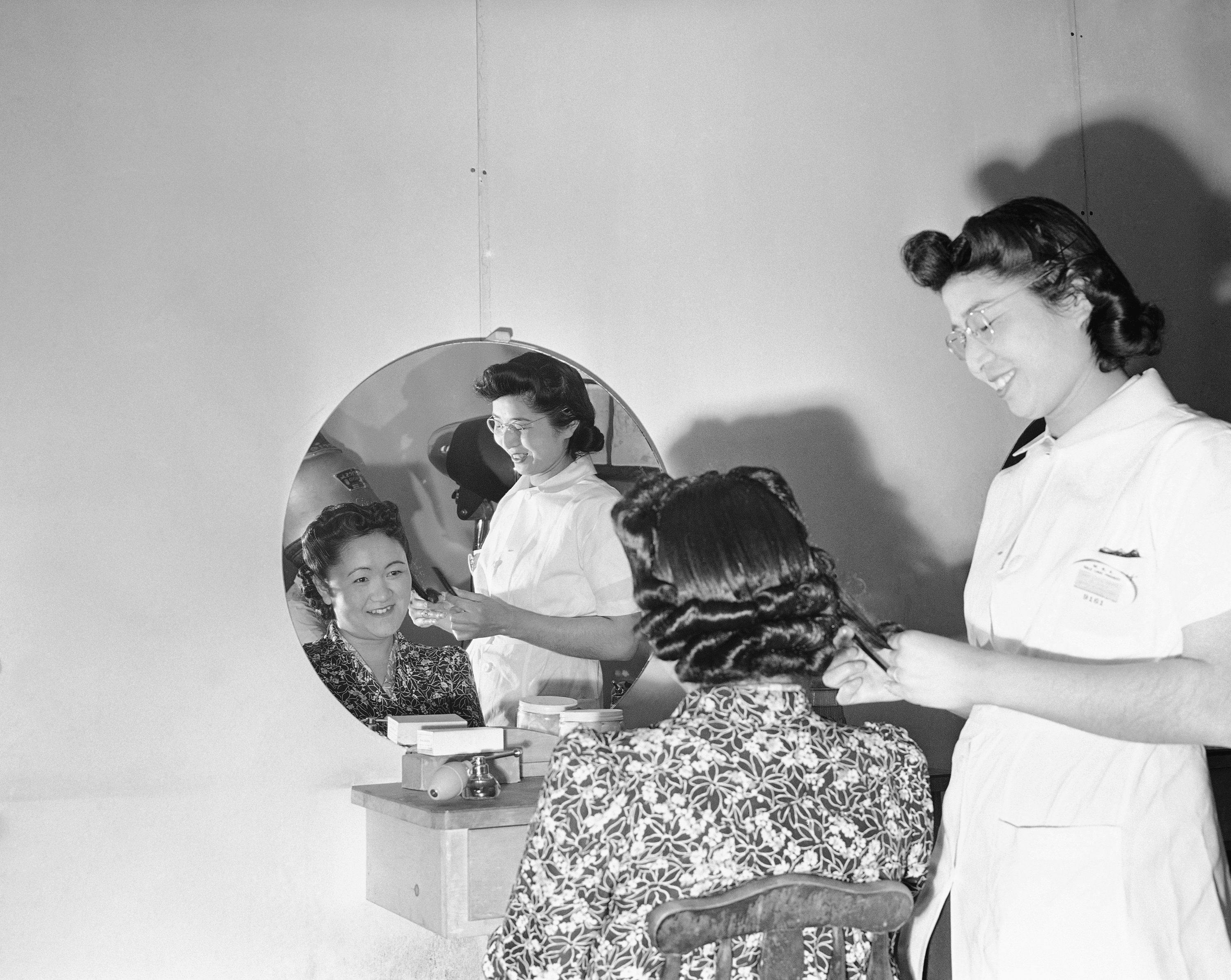
The postwar years in Asia, instead, saw a split that killed collaboration and healing, with Japan and South Korea in the US camp and China and North Korea in the Soviet camp. The Korean Peninsula was split into a Soviet-backed north and US-backed south.
Germany solved its war issues by squarely facing up to is past, said Wang Shaopu, a Japanese studies professor at Shanghai Jiao Tong University and honorary president of the Japan Society of Shanghai.
“To a large extent, Japan’s foreign policies are following the United States," Wang said. “Japan should learn a lesson from World War II to correctly deal with the issue of history, which is good for the world and Japan.”
The war debate has also divided Japan.
Progressives acknowledge Japan’s responsibility for its crimes. Conservatives, however, say Japan, as it struggled against Western imperialism, was boxed into war by resentful Western powers and then punished by unfair postwar trials. Those divisions have complicated efforts to address the past and compensate victims.
Many are also exasperated over what’s seen in Japan as an unwillingness of China and the Koreas to recognize the efforts Tokyo has made to make amends
“The Chinese, Korean, and Southeast Asian tigers and their economic miracles would not have happened as quickly, and perhaps not even at all, if Japan had not led the way and provided generous assistance,” Cossa said. “History did not end in 1945. There is a second half of the 20th century where no nation was as generous as Japan in helping others.”
Much of the anger in South Korea and China centres on Japanese conservatives, including Abe, questioning past apologies and crimes and pushing for a stronger military.
So how will Northeast Asia heal its ancient wounds?
Political leaders, for one, will have to resist the temptation to use the past for their ends. It also requires a readiness by Japan, and by others, to more fully confront that legacy and reassure Asians and others that they have learned the lessons of the past, said Sneider, author of “Divided Memories: History Textbooks and the Wars in Asia.”
If the last 75 years are any basis for judgment, dealing with the still-painful legacy will not be any easier as a riven Asia moves into the remaining decades of this century.
(AP)
